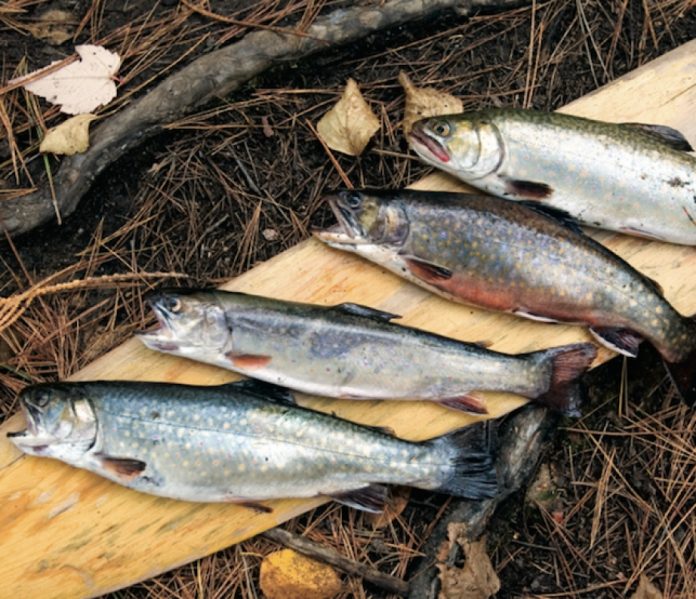Clearly Dagger intended the name of their new freestyle boat, the Agent, to play off James Bond or Mission Impossible. You know, the smart, witty, sexy, handle-anything types. In fact, James Bond creator Ian Fleming used the simplest, dullest, plainest-sounding name he could find; he wanted exotic things to happen to his character while remaining an anonymous, blunt instrument. With the inconspicuously named Dagger Agent in the hands of a pro kayaker, the same can be true.
One of the first things I was excited about was the fact this boat is available in three sizes—like the Kingpin and G-Force series of a few years ago—accommodating a great fit for a wider range of paddlers, most notably smaller and larger paddlers, like me.
I took some time finding where to set the seat. Too far back, the boat tends to wheelie and too far forward it ploughs, pushing you off of features. Getting it dialled in, I found in the Agent 6.4 I was riding nice and high and was able to tap into the river’s waves and reactionaries. In fact, of all the dedicated freestyle boats, the Agent is one of the best river runners, especially in big water.
Once on big waves you start to appreciate the refinements and finer details of the Agent—it is the best of the G-Force, Kingpin and Crazy 88 with more stern rocker. The double-release edge sits quite high and cushions moves where edges aren’t your friend, like spins and Helixes. The Crazy 88 was too eager to carve and not stable enough. The G-Force was very stable, but was slower edge to edge. The Agent finds the balance of modern planing hull stability and ease of edging and carving.
With more abrupt kick rocker in the bow and especially the stern, the Agent taps into big air a bit differently. In my ‘88 I had to carve to get air, especially on smaller features. The Agent is all about bouncing and goes big with a butt bounce (and sometimes all by itself). This is especially nice on smaller features where you don’t have a fast green runway to get speed and allows you to go straight from one aerial move into the next without a drawn-out set up. With more rocker in the stern the Agent eases some of the heavier landings by keeping the edges out of the water and is far better for back surfing and backstabs.
Dagger’s designer Mark “Snowy” Robertson told Rapid that dynamic wave performance was an absolute must for the Agent. Then he moved to hole performance, tending toward volume aerial tricks rather than traditional slicey cartwheel moves.
Turns out this is a great combination. With volume extending to the bow and stern you get fantastic loops with an added bonus—room for toes and knees. Snap in the provided Overthruster by Immersion Research if you feel you need to.
The Agent 6.4, at six feet, four inches is still super easy to toss around in a hole. In fact, the added volume is better for cartwheeling because the Agent goes from end to end more slowly… so you can keep up.
Dagger’s new Agent can be as sexy and smooth as a young Sean Connery, but in the hands of weekend paddlers it is a completely different kind of agent. Its cover is more like a Hollywood agent, the kind that makes you feel comfortable and relaxed, props you up and looks after the finer details. This kind of Agent turns you into a star.
SPECS
Models: 6.0/6.2/6.4
Length: 6’/6’2”/6’4”
Width: 24”/25”/25.75”
Volume: 42/50/59 US gal
Weight:28.5/29.5/31.5 lbs
Outfitting: D-Bone welded in seat track; foam subframe; flipswitch backband; precision adjustable thigh braces; padded foam footbrace; multi-adjustable contoured hip pads; and Overthruster by IR
dagger.com
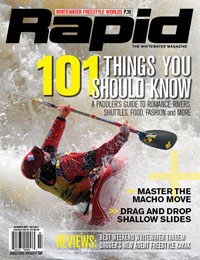 This article first appeared in the Summer 2007 issue of Rapid Magazine. For more great boat reviews, subscribe to Rapid’s print and digital editions here.
This article first appeared in the Summer 2007 issue of Rapid Magazine. For more great boat reviews, subscribe to Rapid’s print and digital editions here.



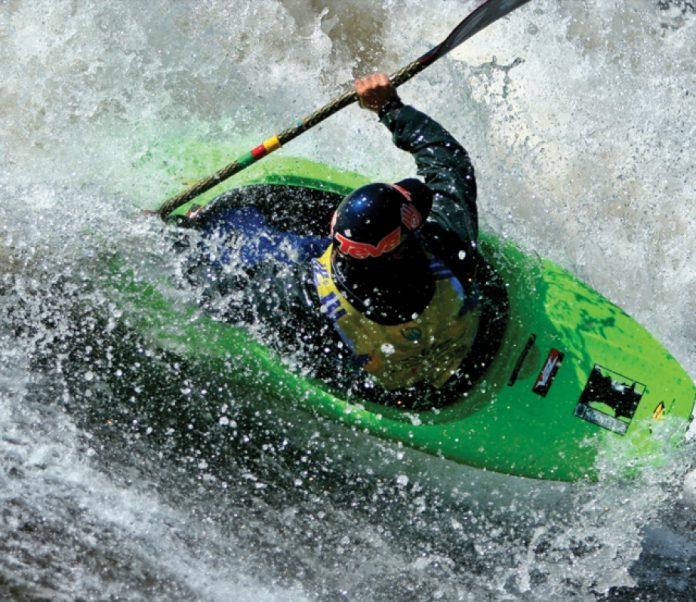
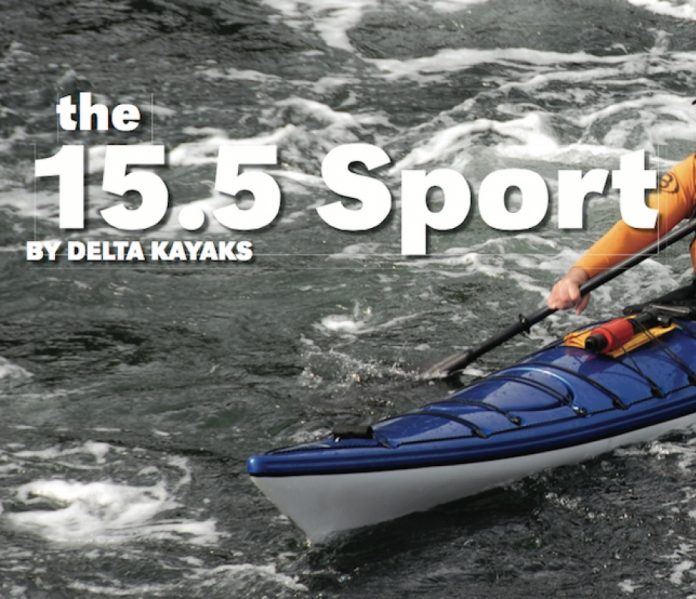
 SUPERNATURALLY COMFORTABLE
SUPERNATURALLY COMFORTABLE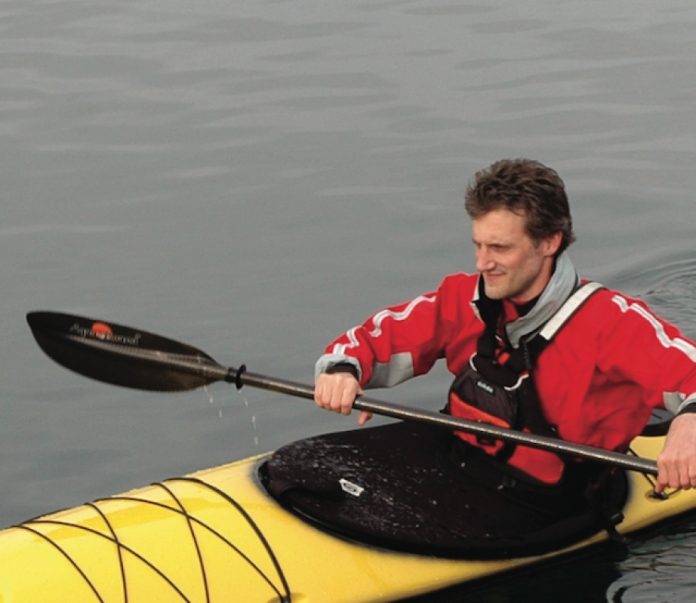

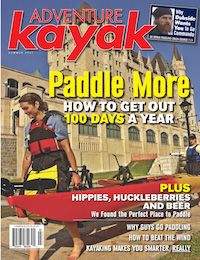 This article first appeared in the Summer 2007 issue of Adventure Kayak magazine. For more boat reviews, subscribe to Adventure Kayak’s print and digital editions
This article first appeared in the Summer 2007 issue of Adventure Kayak magazine. For more boat reviews, subscribe to Adventure Kayak’s print and digital editions 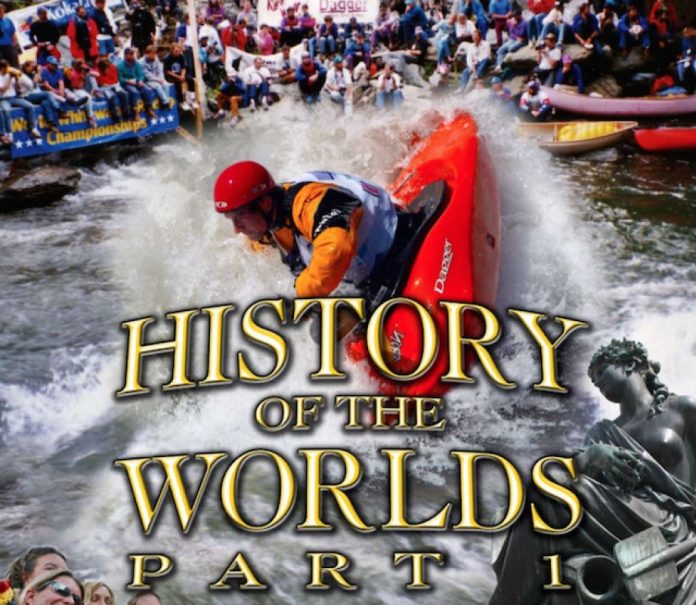
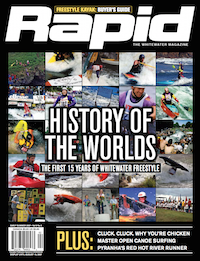 This article first appeared in the Early Summer 2007 issue of Rapid Magazine. For more great content, subscribe to Rapid’s print and digital editions
This article first appeared in the Early Summer 2007 issue of Rapid Magazine. For more great content, subscribe to Rapid’s print and digital editions 
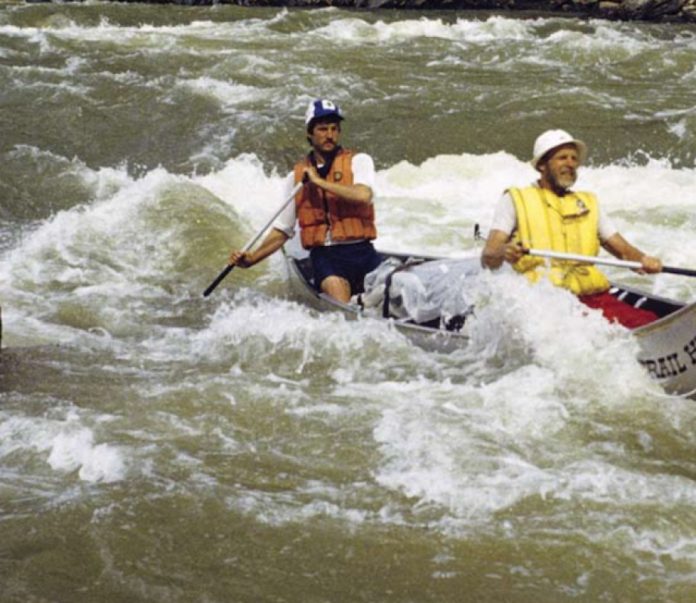
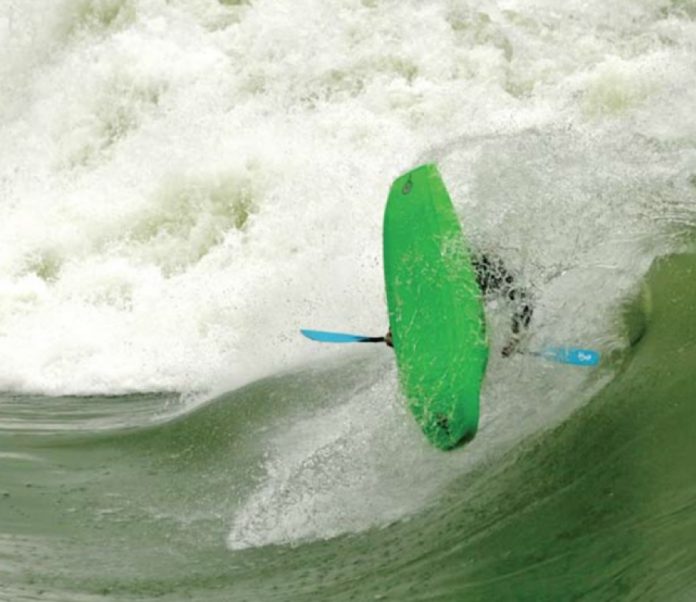

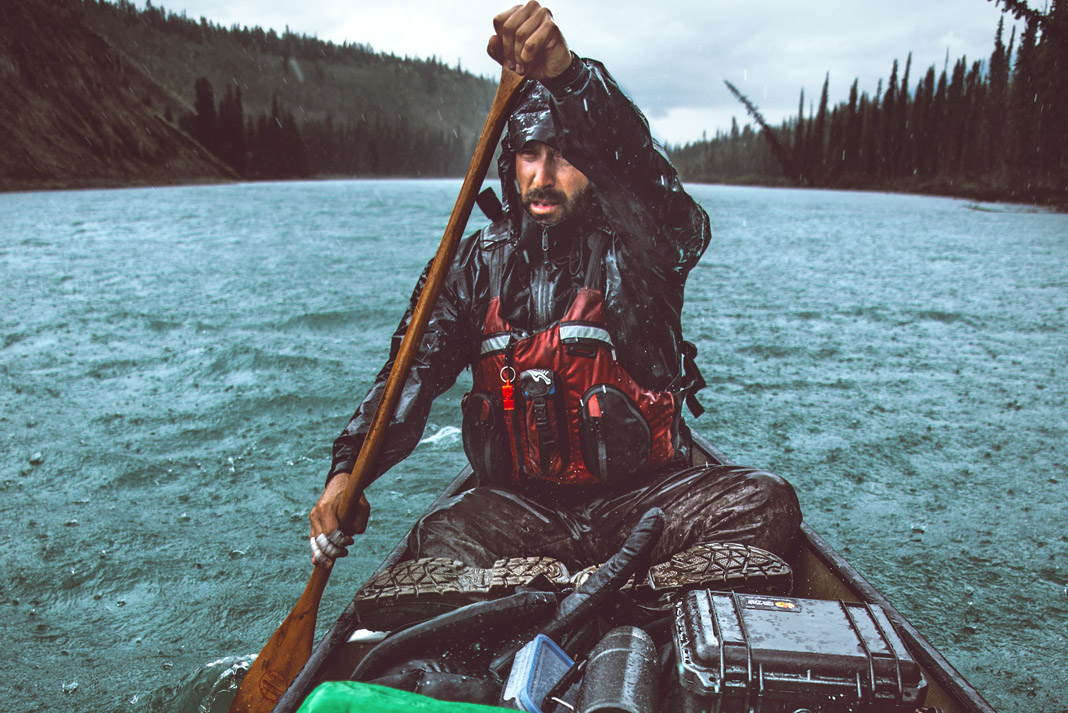
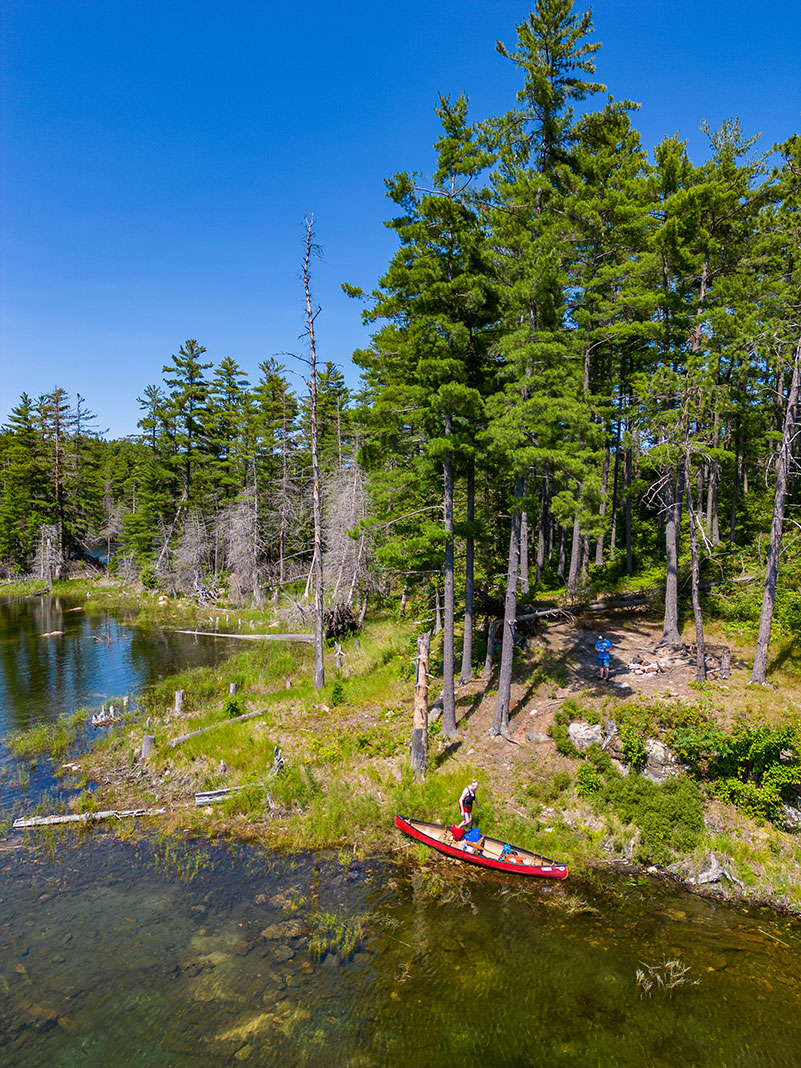
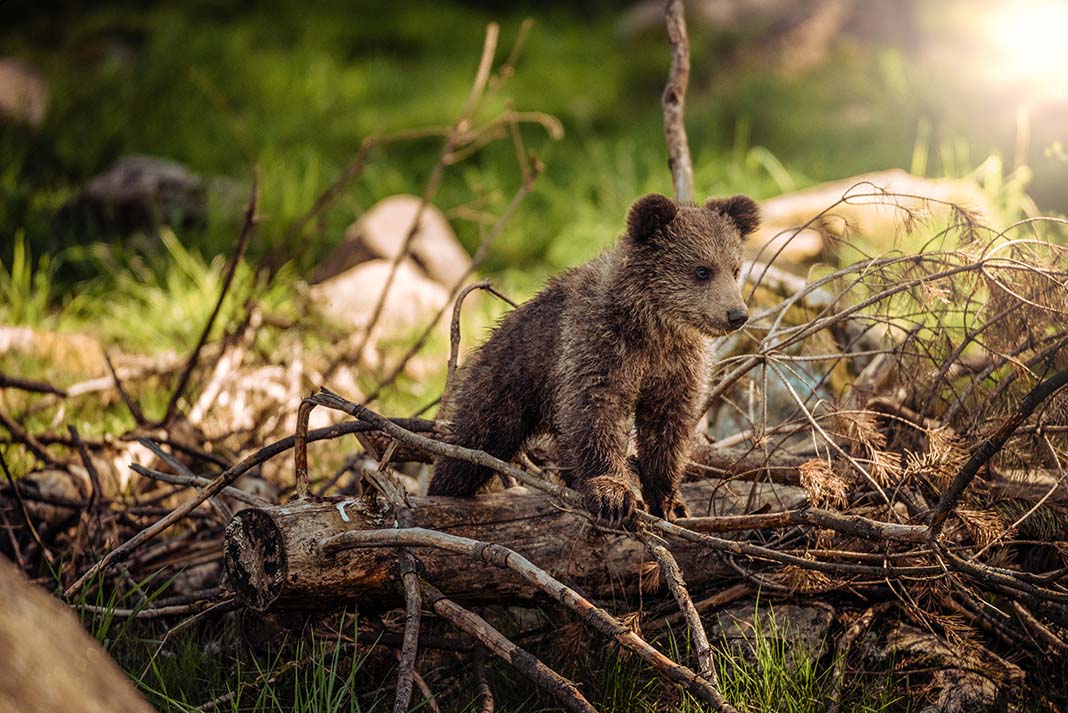
 This article was first published in the Early Summer 2007 issue of Canoeroots Magazine and was republished in the 2023 Paddling Trip Guide.
This article was first published in the Early Summer 2007 issue of Canoeroots Magazine and was republished in the 2023 Paddling Trip Guide. 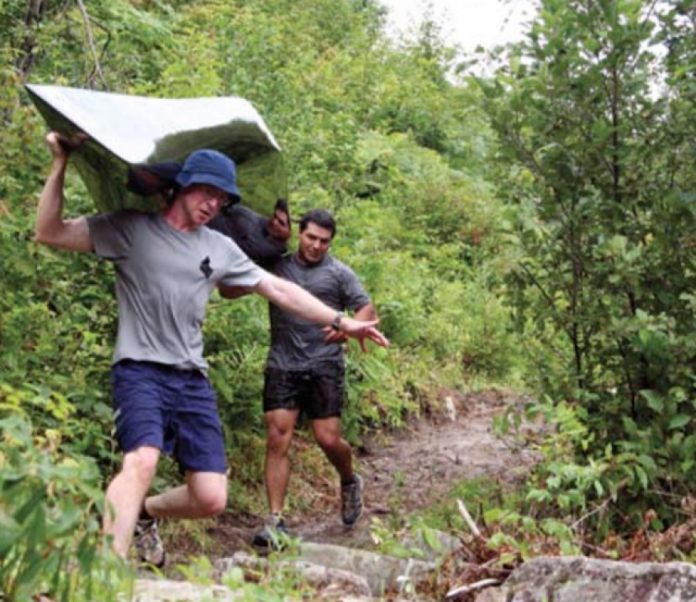
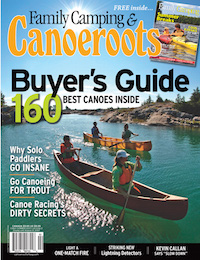 This article first appeared in the Early Summer 2007 issue of Canoeroots Magazine. For more great content, subscribe to Canoeroots’ print and digital editions
This article first appeared in the Early Summer 2007 issue of Canoeroots Magazine. For more great content, subscribe to Canoeroots’ print and digital editions 